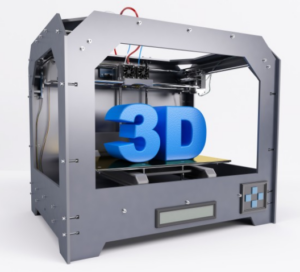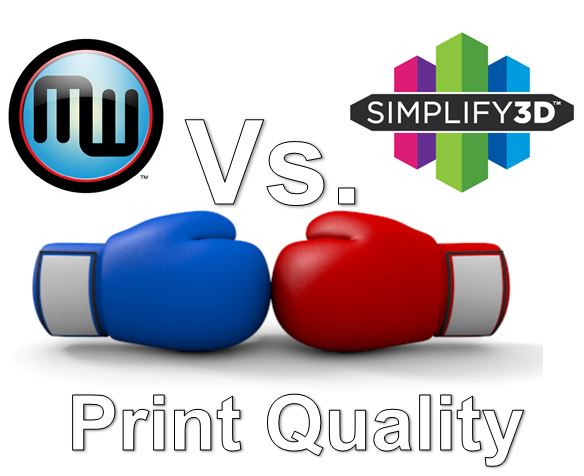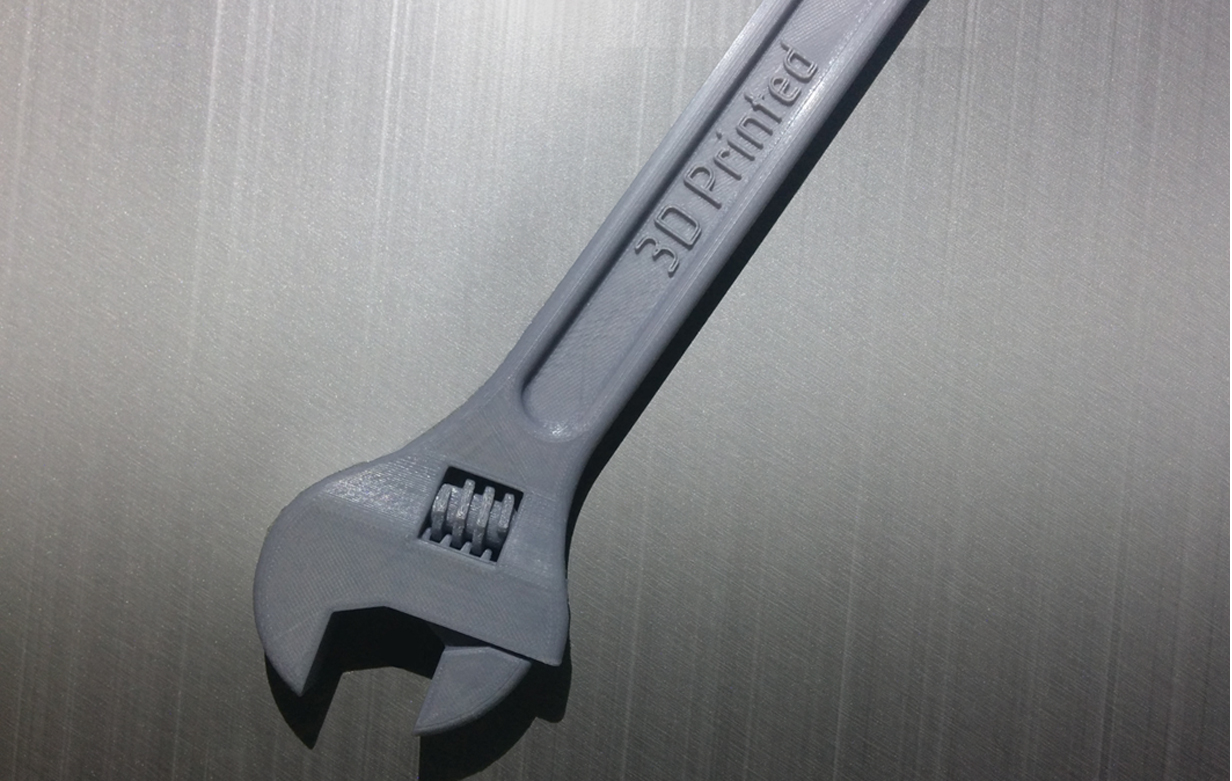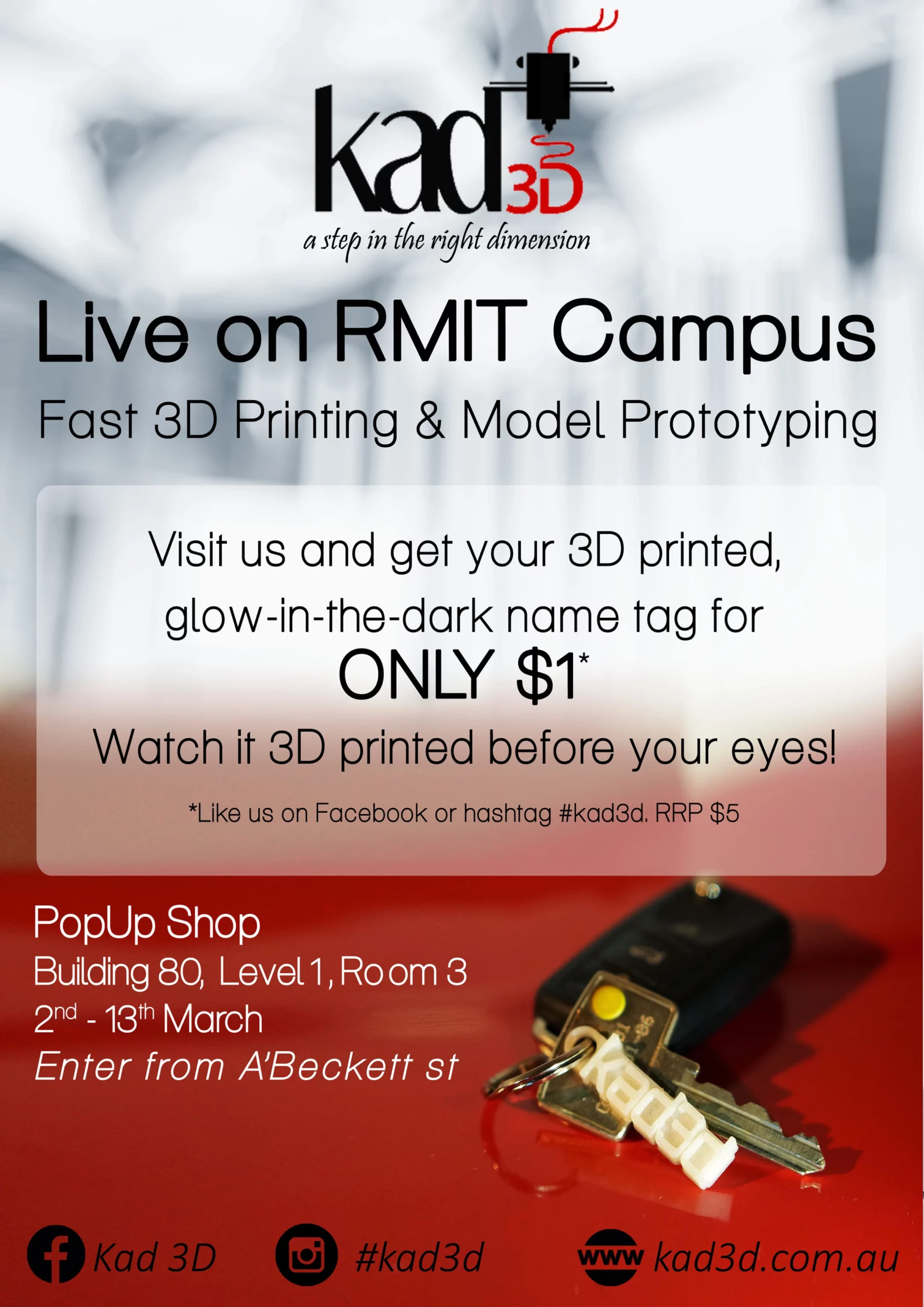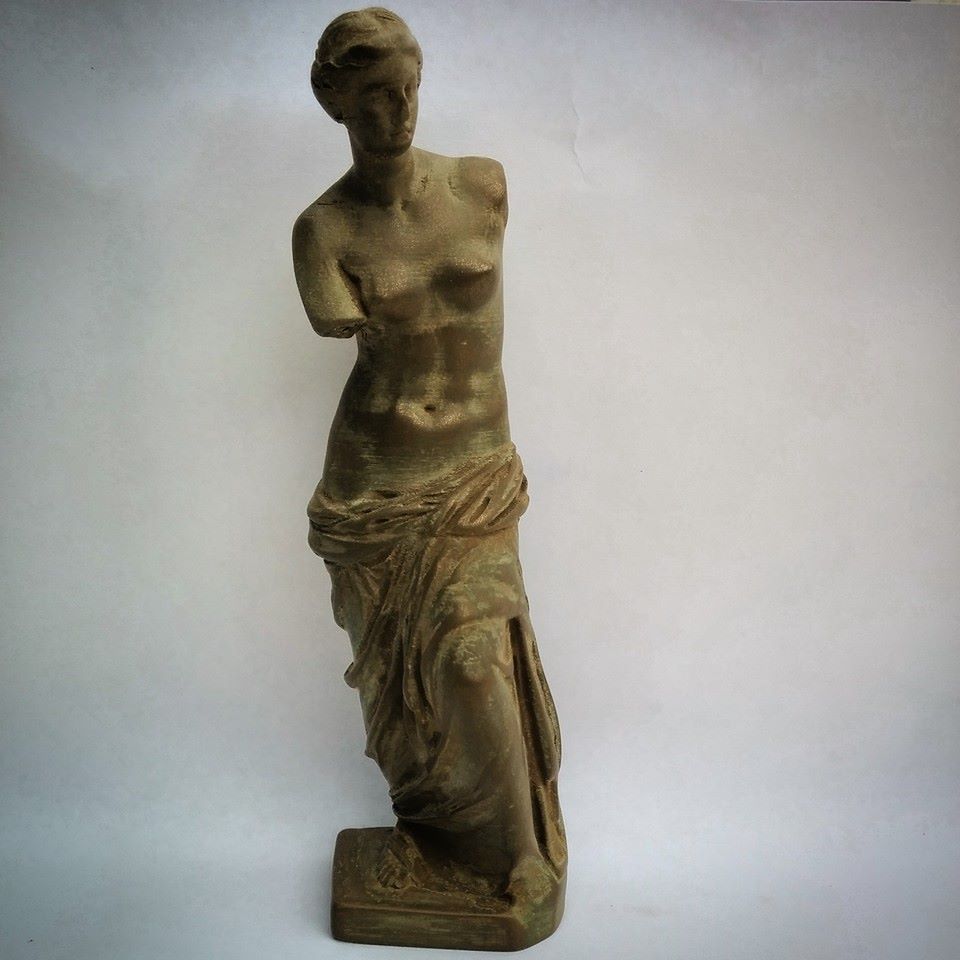PAEK (Polyaryletherketone)
PAEK, or Polyaryletherketone, is a high-performance polymer with excellent mechanical, thermal, and chemical properties, making it a popular choice for advanced 3D printing applications.
Brief Introduction and History
Developed in collaboration with Victrex, a UK-based company, PAEK polymers have a significant history in the 3D printing industry. The development of PAEK materials revolutionized the capability to create functional and high-performance parts, particularly in demanding environments.
Material Composition
PAEK is composed of aromatic rings, ether, and ketone groups, resulting in a high degree of crystallinity and intermolecular forces. The raw components used in the manufacturing process include monomers like 4,4’-difluorobenzophenone, biphenol, and hydroquinone.
Uses
- Aerospace and automotive components
- Medical implants and devices
- Mechanical and electrical engineering parts
- Oil and gas industry applications
Best Fit Use
PAEK materials are best suited for applications where high-temperature resistance, chemical resistance, and excellent mechanical properties are crucial. This makes them ideal for aerospace components and medical implants that require long-term durability and performance under extreme conditions.
Detailed Example of Specific Use 1
An example of a specific use of PAEK is the production of lightweight and strong aerospace components such as brackets, connectors, and air ducts, providing high mechanical strength and resistance to thermal and chemical degradation.
Detailed Example of Specific Use 2
Another significant use of PAEK is in the medical industry, where the material is used to manufacture orthopedic implants, spinal cages, and surgical instruments due to its biocompatibility, strength, and resistance to bodily fluids and sterilization processes.
Difference Between Basic and Advanced Forms
The advanced forms of PAEK may include reinforced grades with carbon fibers or glass fibers, further enhancing the material’s mechanical properties, thermal stability, and wear resistance compared to the basic unfilled PAEK.
Benefits
- Excellent mechanical strength and stiffness
- High-temperature resistance
- Chemical resistance
- Biocompatibility
- Low coefficient of thermal expansion
Drawbacks
Due to its high-performance qualities, PAEK materials can be relatively expensive compared to conventional 3D printing polymers. Additionally, the high melting temperature of PAEK can present challenges during the printing process.
Overall Rating for Daily Use
Given its exceptional properties, PAEK has a high overall rating for daily use in professional settings where performance and durability are paramount. However, it may be less ideal for hobbyist use due to cost and specific printing requirements.
Future Developments
Ongoing research in PAEK materials is focused on improving processability, reducing production costs, and expanding the range of available grades to address specific industry needs. Future advancements may lead to a wider adoption of PAEK in 3D printing across various sectors.
